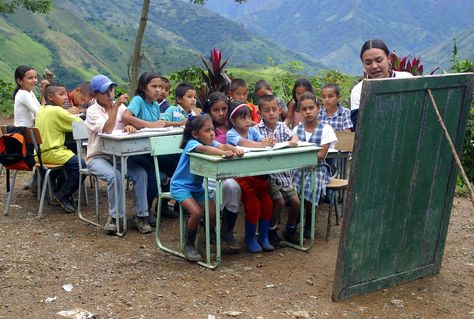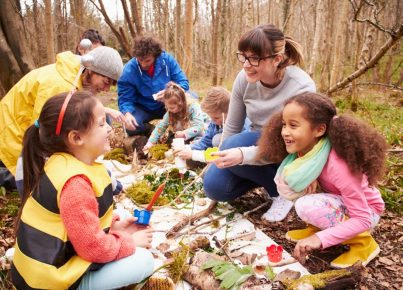The global pandemic has changed many aspects of our lives, and education is no exception. Schools around the world have had to adapt their teaching methods to ensure safety for both students and teachers. One question on the minds of educational experts is, “Could we really teach outdoors this year?” While outdoor learning might seem like a simple solution, it’s essential to consider the challenges and benefits involved before making any decisions.
Benefits of Outdoor Education
1. Healthier Learning Environment: Spending time outside can lower the risk of spreading COVID-19 since there’s more space to maintain social distance and increased airflow. An outdoor learning environment can also help reduce stress levels and improve overall well-being for both students and teachers.
2. Engagement: Engaging with nature has been shown to increase curiosity, creativity, and focus in children while providing opportunities for hands-on, experiential learning.
3. Environmental Awareness: Outdoor education connects children with nature and helps them develop a better understanding of their role in preserving the planet.
Challenges of Outdoor Education
1. Weather Conditions: The unpredictability of weather is a major challenge when it comes to outdoor education. Extreme heat or cold temperatures, as well as rain or snow, can create difficulties for both students and teachers trying to learn outside.
2. Infrastructure: Many schools may not have adequate outdoor spaces or infrastructure that allows them to teach safely outside. Funding would likely be needed to provide comfortable seating areas, shade structures, technological integration, or even maintaining cleanliness in an outside setting.
3. Curriculum Adaptations: Teaching outdoors requires a shift in teaching methods and the adaptation of some subjects’ curriculum to suit an outdoor classroom setting.
4. Noise Distractions: The outdoor environment can come with its own set of distractions such as noise from nearby roads or other public spaces that might affect learning experiences.
5. Safety Concerns: School administrators would need to ensure that outdoor learning spaces are secure and safe for students to navigate, which may involve taking additional safety measures and supervision.
Considering these potential benefits and challenges, the feasibility of teaching outdoors depends on individual schools and their capabilities. Addressing infrastructure and safety concerns while adapting lesson plans can be a resource-intensive endeavor. However, if implemented thoughtfully, outdoor education could offer much-needed relief for schools struggling to cope with the ongoing pandemic. School administrators should weigh the pros and cons carefully before making any decisions about transitioning to outdoor education.





